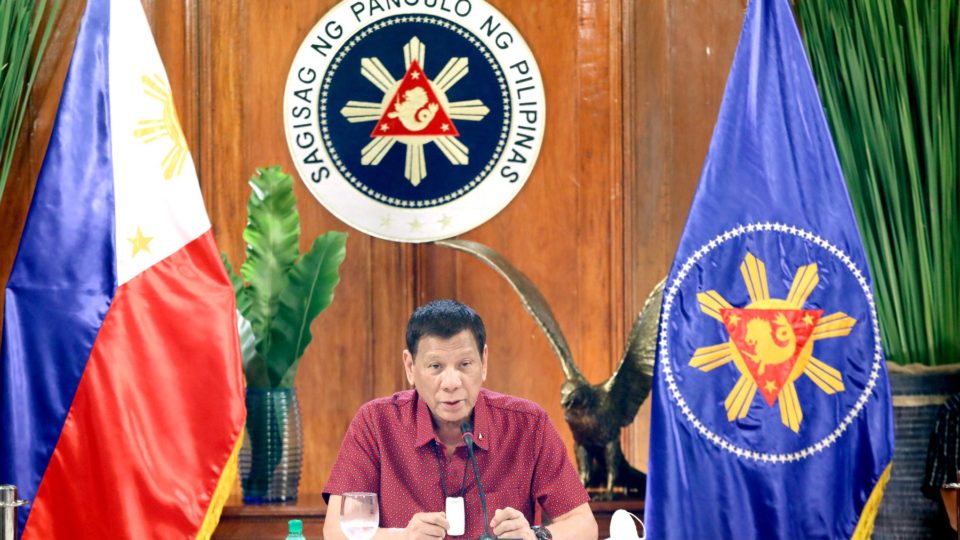President Rodrigo Duterte announced last night the shifting of Metro Manila’s lockdown to general community quarantine (GCQ) starting June 1, allowing thousands of Filipinos to go back to work amid the continued spike of COVID-19 cases.
The president made the decision based on the recommendations of his anti-coronavirus task force and the mayors of the various cities which comprised Metro Manila. The GCQ will allow more non-essential businesses to reopen and the economy to recover after shrinking to 0.2% in the first quarter of 2020—a result of one of the world’s toughest lockdowns that displaced at least 2 million Filipino workers.
Duterte also announced that Region II, Region III, Region 4-A, Pangasinan, Albay, and Davao City would shift to GCQ starting next month. The rest of the Philippines will be under the modified general community quarantine except Cebu City, which was placed under the modified enhanced community quarantine.
Read: Face Masks in Church: Weddings and baptisms to continue as PH eases lockdown rules
“We are not happy to put you in this place, but after review, maybe we can [loosen the quarantine further],” Duterte said.
From June 1, buses will be allowed to operate in Metro Manila, but modern jeepneys won’t be allowed to ply the roads for at least three more weeks. Trains, buses, taxis, tricycles, and transport network vehicle services (TNVS) such as GrabCar will be allowed to operate.
Mass gatherings such as concerts and film screenings are prohibited. Religious ceremonies are allowed but discouraged, and attendees should be limited to just ten persons. Gyms will remain closed, but outdoor non-contact sports and activities such as jogging, cycling, badminton, and skateboarding are allowed. However, people are required to wear face masks, should not share equipment, and observe proper social distancing. Only those aged 21 to 59 are allowed to leave their homes.
Despite the easing of quarantines, villages that have a high number of COVID-19 cases will experience “zoning,” or a total lockdown.
Just a few days ago, experts from the University of the Philippines said that the number of COVID-19 infections in Metro Manila and Cebu City is still high and that easing quarantine rules at this stage would be premature. Metro Manila, the center of economic activity in the country, accounts for at least 65% of all COVID-19 cases.
As of yesterday, the Philippines doesn’t appear to be flattening the curve, having registered 539 new cases. The country now has a total of 15,588 cases, 921 deaths, and 3,598 recoveries. The Department of Health, however, tried to appease the worried public and explained that the high number of new cases is due to “aggressive validation.”
“The recent rollout of the COVIDKAYA information system has greatly sped up the verification process for confirmed cases,” the department said in a statement.
“The cases that were reported over the last few days reflect tests that were conducted the days and weeks prior. The reporting lag is due to delays in [the] submission of results by laboratories and the manual verification process to ensure that each case is a unique individual,” it added.
The country has been on lockdown since mid-March; this weekend, it will surpass the 76-day quarantine imposed in Wuhan, where doctors first discovered the coronavirus.




